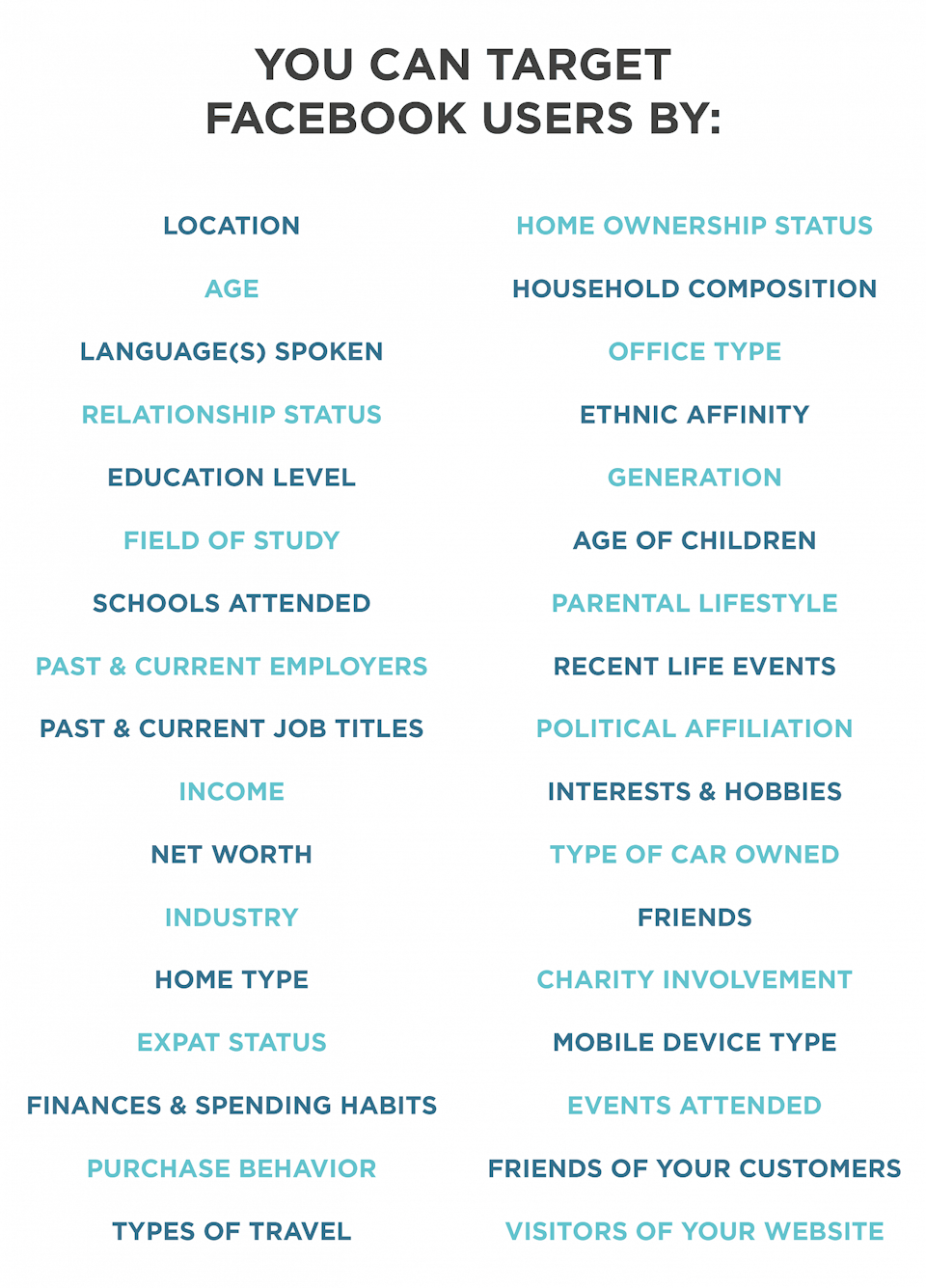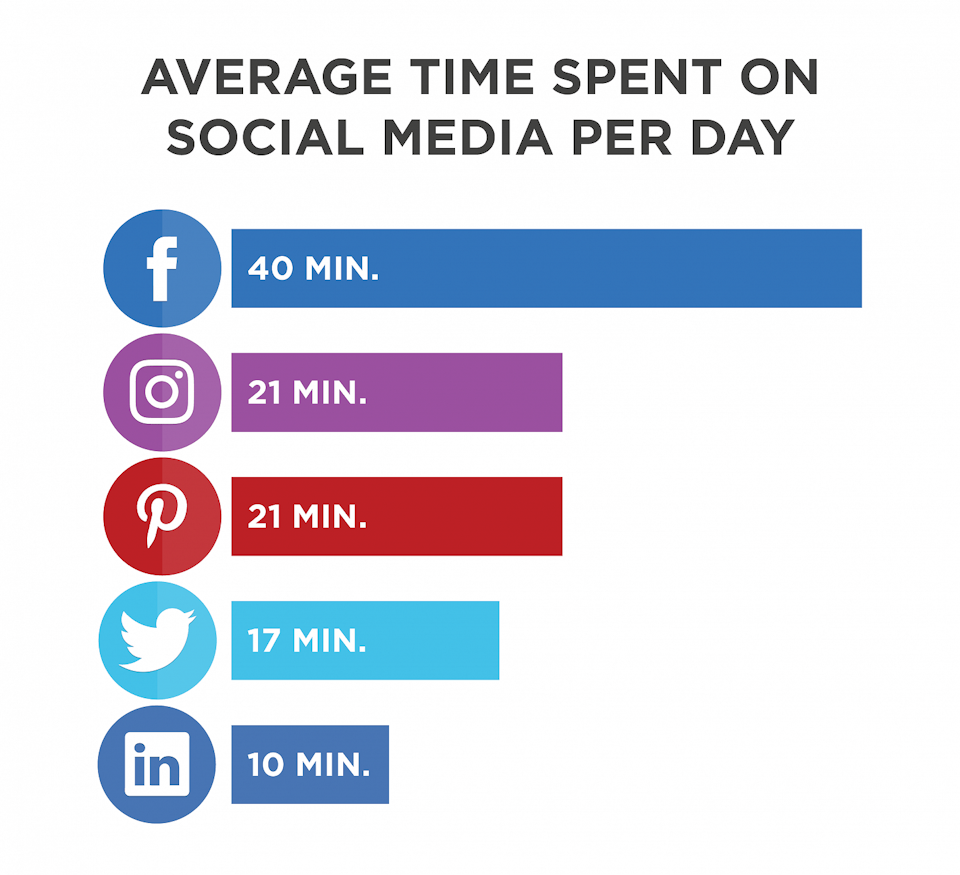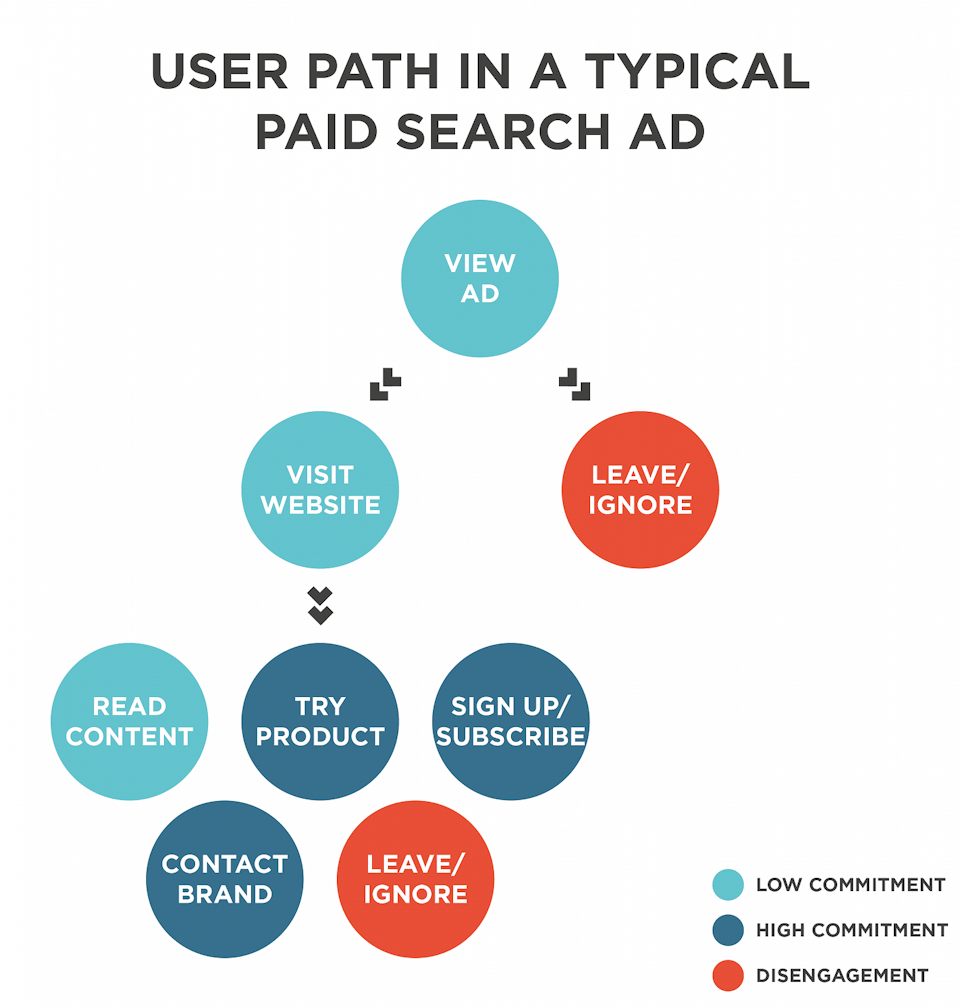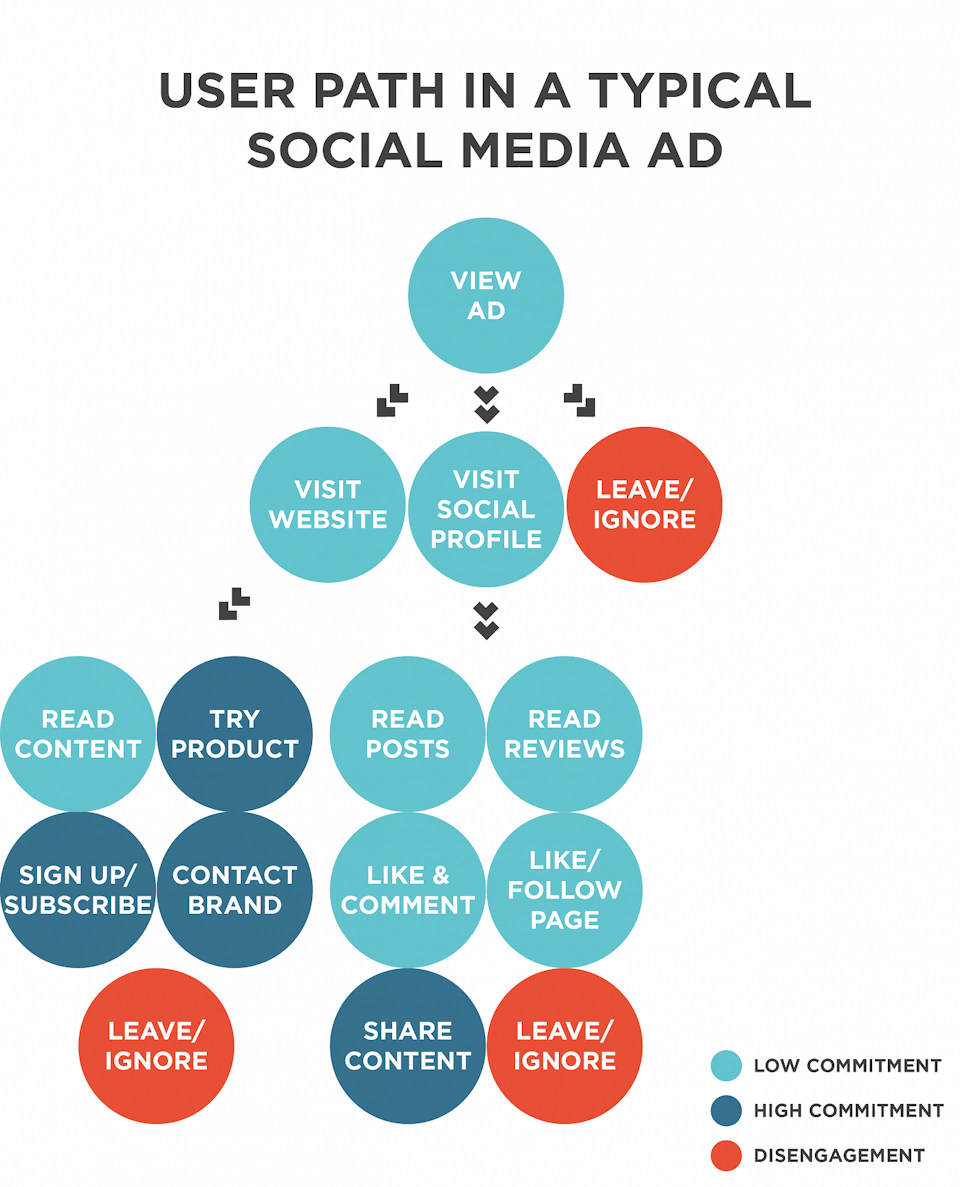3 Reasons to Consider Social Media Advertising
“Is advertising on social media worth it?”
This is a common question business owners ask as they consider the various ways they can spend their marketing budget. While the answer to this question varies for each business, there are a few unique aspects of social media advertising that may make it worth your time.
In fact, many owners are surprised by how competitive social media advertising can be. Here are a few points to consider as you determine whether or not it’s worth trying:
Reason #1: You can reach a highly customized customer demographic
The average cost of a Facebook ad varies greatly on a number of factors, but the average cost per click of Facebook ads in Q2 of 2016 was 27.35 cents. Meanwhile, paid search and PPC ads offer keyword targeting as low as $0.30/click for non-competitive keywords and as high as $25/click for highly competitive words. Many small businesses will be targeting terms on the lower end, so owners may determine that the price is between the two paths is quite comparable.
But social media advertising has a key advantage that PPC doesn’t: It allows you to hone in on the exact type of customer you’re trying to reach, which makes your ad more effective.
With PPC campaigns, you can choose from a variety of customer demographics and behaviors when you choose how and when your ad will appear. With AdWords, you can target by keyword searches, location, language, device, and previous visitors to your website. You typically only pay for the ad when a user clicks on it.
In social media advertising, and especially in Facebook advertising, you can target your ad to reach the exact type of customer you’re looking for. Facebook ads can be targeted by:

That’s an insane amount of customization. For many industries, even one of these categories can make a huge difference in how relevant your ad is to the user. For example, wedding planners can target couples who just got engaged, apartment complexes can target recent college graduate renters, and nonprofits can target people who contribute to similar causes and charities. And that’s not considering the endless combinations you can create.
Facebook is all about sharing. It’s slowly encouraged users to provide information about the events they attend, their life updates, their location, and their interests — and Facebook users are often happy to share this information. This allows for ad customization that can make your dollar go further and pack an incredibly powerful ROI.
Reason #2: You can connect with users in their community
PPC campaigns are great for capturing people who don’t know your brand and are simply browsing the web for your product or service. One critical difference between user behavior in search engines and on social media is speed. When a user conducts a search online, they are expecting speed: results that load quickly, results that are relevant to their query, and websites that load in less than two seconds.
Conversely, social media is often associated with leisure. People take breaks from work to check updates, they use it to connect with their friends and family, and they often mindlessly scroll through it as a time-waster. They are less concerned about quickly finding relevant information and more concerned with browsing, reading, liking, clicking, and connecting. Just look at the average amount of time users spend on popular social media channels:

This gives social media advertising a unique edge over paid search: you have a larger window of time to work with. Combine this with ad customization and the fact that most social media platforms are inherently visual, and you have the ability to place ads in front of the right people at the right time and in the right place.
Experts note that social media is a unique environment that allows ads to “blend in seamlessly with videos, images, and other visual content in users’ feeds.” And this brings us to the concept of interruptions…
3. You can connect with users without requiring a commitment
Caller ID, ad blocking software, and email filters. What do all of these have in common? They allow us to filter out the content we don’t want to engage with. In fact, mobile ad blocking has increased 90% year over year. The great challenge of any marketer is to provide a compelling message to a user who naturally doesn’t want to hear it. It’s not that they won’t eventually want to hear it, but the hard truth is that many users just don’t want to be interrupted — and most ads are interruptions to their everyday life. That’s one reason why the visual nature of social media helps advertisers better connect with users.
To illustrate this concept, consider the options that users are typically presented in paid search:

In paid search advertising, users tend to decide very quickly whether or not they want to engage with a brand. When users are presented with a high commitment option the first time they interact with your brand, they are very unlikely to complete this action and will usually disengage. In paid search, you then have to re-attract them to your website for another chance.
Meanwhile, social media advertising presents users with many more low commitment actions. These options are much more appealing to a first-time visitor to your brand, enabling you to establish that important first connection:

In this way, social media advertising is much less imposing on the user. The ad itself usually integrates into the rest of the content, and then the actions the user can complete are much more casual while still establishing a connection with your brand. And those small steps can add up over time. After all:
- In 2015, Facebook influenced 52% of consumers’ online and offline purchases, up from 36% in 2014 (source)
- 70% of Facebook users log on daily, and 43% log on several times per day (source)
- 33% of customers prefer to contact brands using social media rather than the telephone (source)
- 71% of social media participants say they are more likely to purchase from a brand they follow online (source)
Social media is powerful, but it isn’t the only solution
All of these benefits to social media advertising considered, it’s important to remember that there is no one perfect solution in any marketing strategy. While social media advertising definitely has some advantages over paid search advertising, PPC still has some important advantages worth considering, like:
- Google fields more than 3.5 billion search queries every single day (or 40,000 search queries every second), giving advertisers an unequaled potential audience looking for their product.
- PPC levels the playing field between companies with smaller and larger advertising budgets by focusing on showing the most relevant content to the user.
- AdWords offers several different ad formats and features, including ad extensions, sitelinks, social proofing, user reviews, location targeting, and shopping ads.
One of the best things you can do, especially if you’re in your early stages of marketing, is to diversify your efforts, experiment, compare, and adjust over time. You may just find that social media advertising becomes one of your most successful advertising platforms.
Ready for a stellar new website?
We’re ready for takeoff! Tell us a little about your business and we’ll reach out to get your project underway.